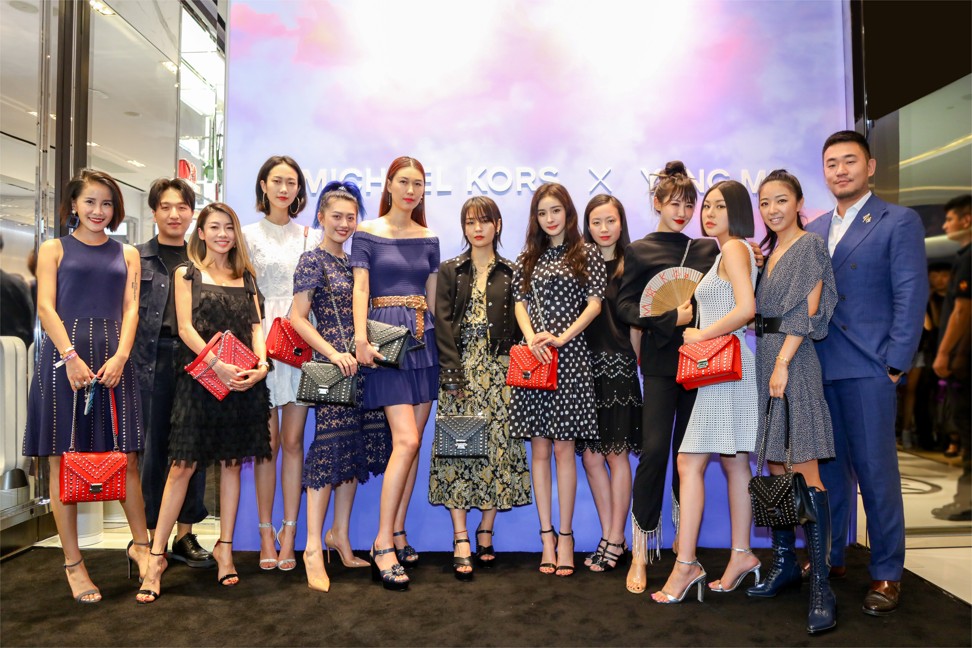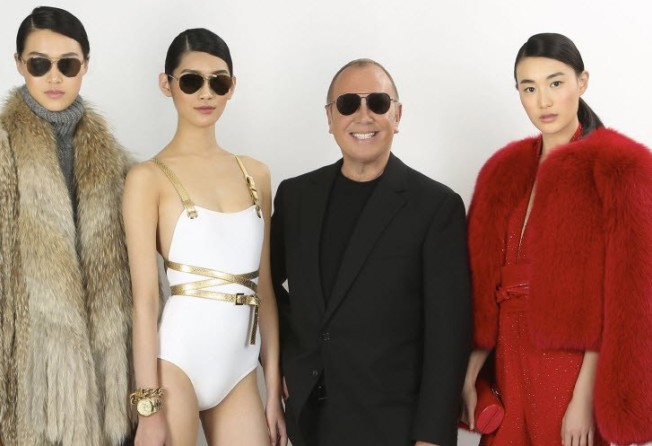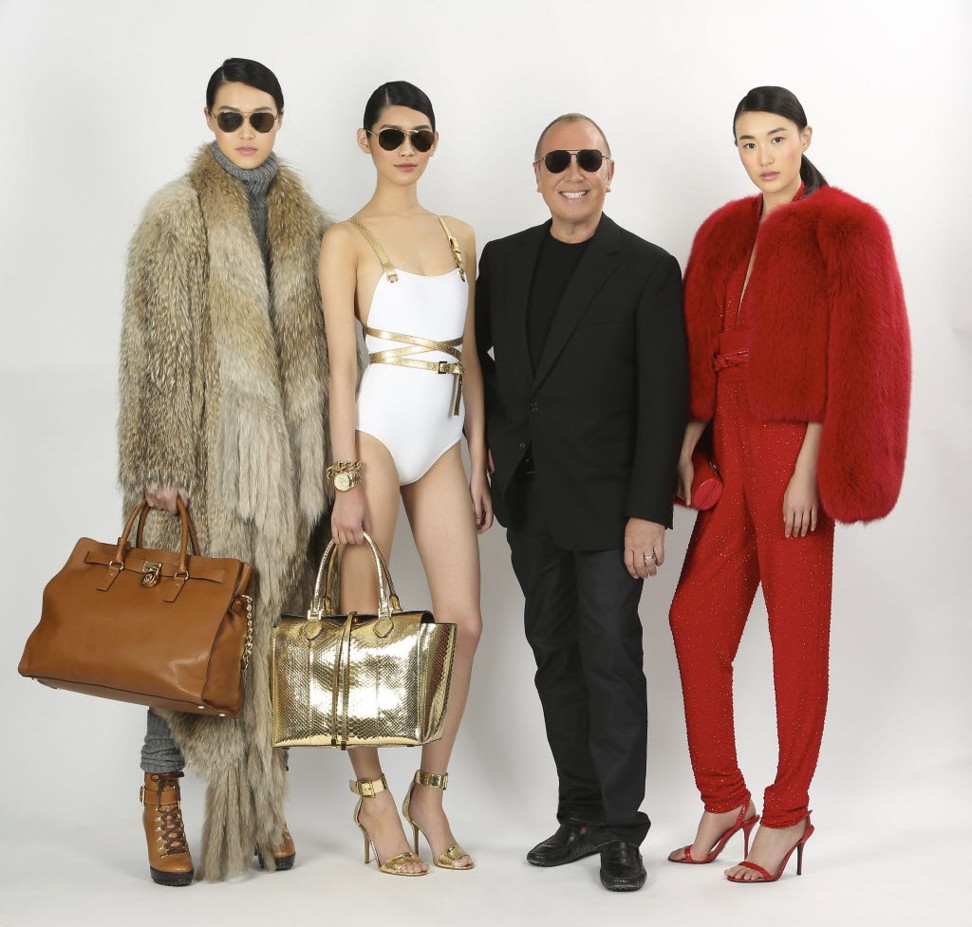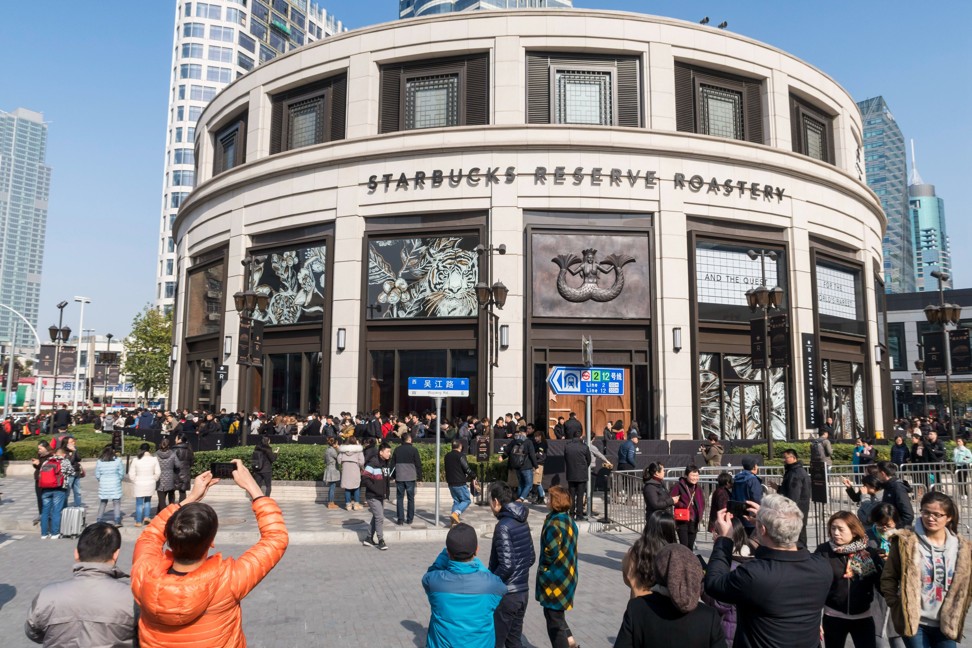
Luxury fashion and the US-China trade war: are US brands still primed for rapid growth, or will European rivals benefit?
Mass-produced luxury brands such as Michael Kors, Ralph Lauren, Tory Burch and Calvin Klein appeal to aspirational Chinese, thanks to American culture’s pull, say an industry analyst and an e-commerce website

The trade war between China and the United States has made some Chinese consumers think negatively about America. Yet US luxury brands in China, from Ralph Lauren to Tiffany, are in a position of strength – they just need to know how to leverage it.
So says Jerry Clode, director of Smart, the research arm of Shanghai-based digital and social media agency Resonance, who made that argument last month in a presentation to the American Chamber of Commerce in Shanghai. He emphasised just how much cultural weight mass-produced US luxury (“masstige”) brands have in China.
“In China, American brands have been incredibly successful in owning category and new behaviours,” Clode told the South China Morning Post. “Starbucks has created coffee culture, Disney is the exemplar family destination, Apple still dominates premium consumer technology and Tesla has captured the imagination of China’s future-focused middle class.
“As local consumers increasingly use fashion and luxury to express their lifestyle and identity, American brands have a profound head start on other nationalities in terms of precedent and aspiration,” he said.

Accessibility and aspiration aren’t working out as well for some “masstige” brands in their home market. Brands such as Michael Kors and Ralph Lauren are not as highly rated by American consumers as they once were.
Once hailed as ideal representations of the luxury lifestyle to which consumers should aspire, many of these brands have lost value, owing to the ubiquity of their clothing in outlet malls and off-price stores.
A few brands have been able to retain some allure by rethinking their strategy. Calvin Klein revamped its high-end line last year and gained a breath of fresh air from hiring designer Raf Simons.
Matched against their European counterparts, however, US brands still fall short.

In his book,The Bling Dynasty: Why the Reign of Chinese Luxury Shoppers Has Only Just Begun, author Erwan Rambourg indicated there’s a hierarchy that puts US brands in the premium category, slightly behind European brands such as Cartier and Prada.
Clode argued, however, that brands in China have a blank slate to engage with consumers at a more premium level.
“Unlike mature markets in Europe, fashion and luxury is not intergenerational,” he said. “Consumers did not learn about brands from their parents. So the established pecking order that exists in mature markets is not as entrenched here.”

A 2017 Bain & Company report predicted that China’s “wannabe consumers”, or those who are aspirational, would be the fastest-growing consumer segment by 2020.
America is … a country of immigrants, and many different cultures are mixed there, bringing more inspiration to designers to create differently
Brands such as Michael Kors, which saw its revenue rise by double digits in China in the last quarter, are already benefiting from these shoppers. Ralph Lauren, which has been going through a restructuring in recent months, is likewise seeing double-digit growth.
PVH Corp, which owns Calvin Klein and Tommy Hilfiger, was buoyed by a year-on-year increase in China sales in the 2017 financial year.
Some US fashion designers have benefited from the race by luxury e-commerce websites to build up their brand portfolios.
VIP.com recently announced it was “broadening its US reach to include established and emerging brands”, introducing 10 new labels just months after launching Marc Jacobs on its high-end VIPLUX channel, alongside brands such as Versace, Sergio Rossi, Roberto Cavalli and Diesel.
The e-commerce platform, which launched a New York operation in June, estimated it will triple its current sales of US goods in China from US$2.2 billion in 2017 to more than US$6 billion in 2020.

High-luxury e-commerce website Secoo also has plans to introduce more US fashion designers to its brand mix. It already features both niche and masstige brands, ranging from Calvin Klein and Jack Rogers to Opening Ceremony and EF Collection.
A Secoo spokesman was not able to provide exact sales data, but told the Post: “US brands have quite a bright future and their sales performance is promising.
“Compared to European brands,” he said, “US brands have their own advantages: European luxury brands have a long history, but most US brands are newer and not limited to intrinsic design elements.
“America is also a country of immigrants, and many different cultures are mixed there, bringing more inspiration to designers to create differently.”

The position of US brands in China today may be close to that envisaged by the Council of Fashion Designers in America (CFDA) and the Vogue Fashion Fund when they co-hosted an autumn/winter 2013 fashion show at the Great Wall of China for Proenza Schouler, Rag & Bone and Marchesa.
It was part of a programme launched a year earlier to boost US fashion brands’ presence in China’s luxury market. It’s unclear why the CFDA has not returned to China since then. (The CFDA was contacted for comment, but a response was not received in time for publication.)

For continued success, Clode said, US brands should not rely only on the fact that they’re accessible. Brands that take advantage of their cultural equity are going to get ahead. Clode cited Tory Burch, which nods to New York in its collaborations with model Liu Wen, but suggested that brands might want to consider more than just their visual identity.
“They need to think really strongly about distinctive stories and leveraging key parts of American culture that are known to these audiences,” Clode said.
“Brands can arguably engage with the idea of New York much in the same way that French brands can engage with the idea of Paris. But I do not believe that American brands are conscious of their cultural power.”